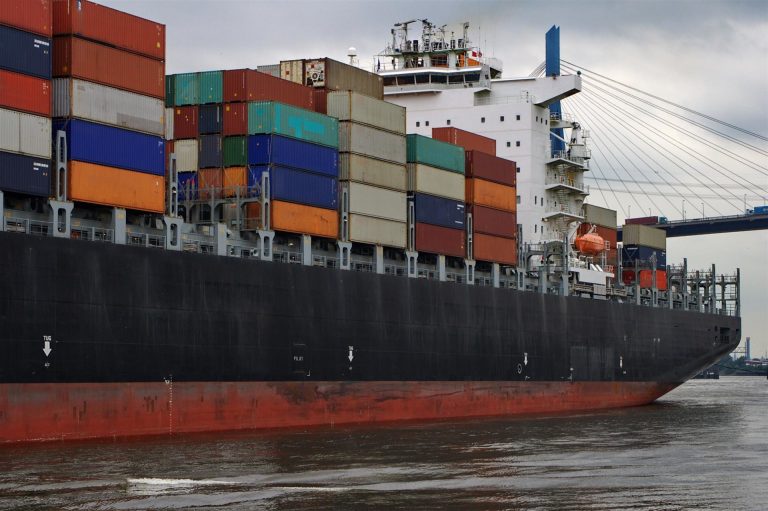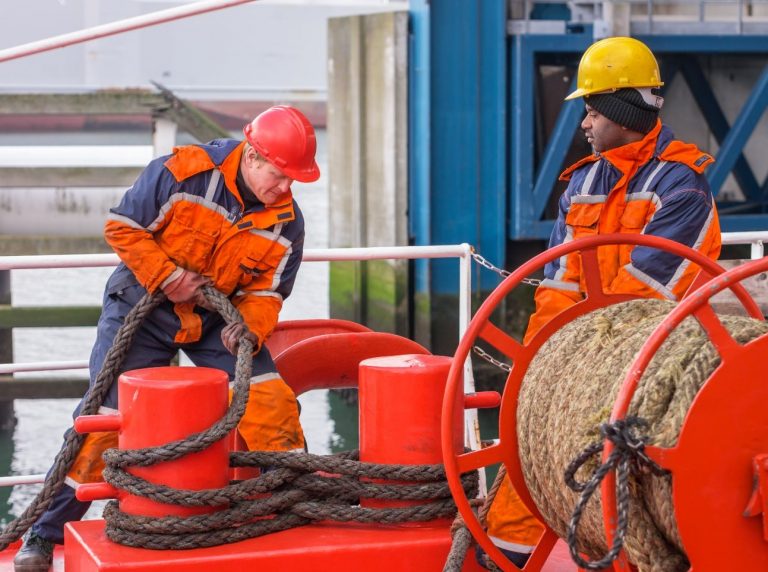Expect significant changes in the offshore drilling industry over the next decade as oil and gas companies opt for deeper offshore endeavors. At present, the industry is having technical problems transferring their extracted oil and natural gas from the deep sea floor up through 10,000 feet of water.
Professors from the University of Houston are exploring the possibility of a futuristic “underwater oil city” where the use of robots can facilitate the extraction process at these depths. Overcoming the current technical challenges in deep sea oil extraction, however, may have to wait for at least six years.
The University of Houston is set to embark on a graduate study program in subsea engineering. This is in line with the demand for training in this very sophisticated field, as the oil and natural gas drilling industry needs to explore new extraction options from underneath the seafloor.
FMC Technologies, an oil service equipment provider, is working on a drilling equipment design that can hold out to the extreme challenges present at underwater depths of 10,000 feet or more. At these depths, the water’s temperatures drop at freezing levels and its pressure increases by 300.
The new subsea drilling technology is expected to cost the industry around $13 billion; that’s an increase of about 65 percent from 2012. This amount covers the costs of the equipment, cables, pipelines, and subsea values, among other things.
These are exciting times for the industry as it aims to expand its operations while minimizing drilling costs. Nonetheless, offshore injury attorneys remind the industry, despite having the new drilling technology in place, to take the worker’s safety into consideration, as these workers are the keys to operational success.







